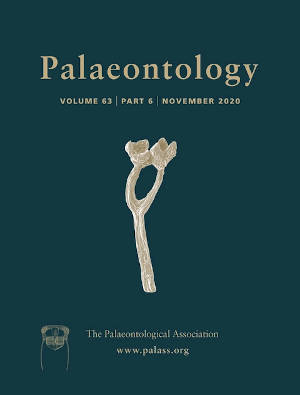Reg. Charity No. 1168330

Spatiotemporal changes in fossil specimen completeness can bias our understanding of a group's evolutionary history. The quality of the sauropodomorph fossil record was assessed a decade ago, but the number of valid species has since increased by 60%, and 17% of the taxa from that study have since undergone taxonomic revision. Here, we assess how 10 years of additional research has changed our outlook on the group's fossil record. We quantified the completeness of all 307 sauropodomorph species currently considered valid using the skeletal completeness metric, which calculates the proportion of a complete skeleton preserved for each taxon. Taxonomic and stratigraphic age revisions, rather than new species, are the drivers of the most significant differences between the current results and those of the previous assessment. No statistical differences appeared when we use our new dataset to generate temporal completeness curves based solely on taxa known in 2009 or 1999. We now observe a severe drop in mean completeness values across the Jurassic–Cretaceous boundary that never recovers to pre‐Cretaceous levels. Explaining this pattern is difficult, as we find no convincing evidence that it is related to environmental preferences or body size changes. Instead, it might result from: (1) reduction of terrestrial fossil preservation space due to sea level rise; (2) ecological specificities and relatively high diagnosability of Cretaceous species; and/or (3) increased sampling of newly explored sites with many previously unknown taxa. Revisiting patterns in this manner allows us to test the longevity of conclusions made in previous quantitative studies.
AcknowledgementsThis research was funded by the European Union's Horizon 2020 research and innovation programme under grant agreement 637483 (ERC Starting Grant TERRA to RJB). PDM's contribution was supported by a Royal Society University Research Fellowship (UF160216). This is Paleobiology Database official publication number 367. We thank Pedro Godoy and Roger Close for their invaluable methodological assistance. We would further like to thank Neil Brocklehurst and Daniel Driscoll for their helpful reviews which improved the manuscript.